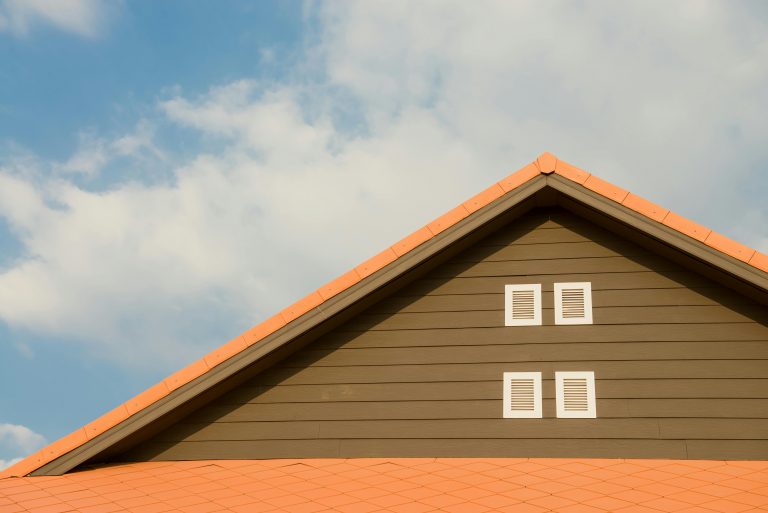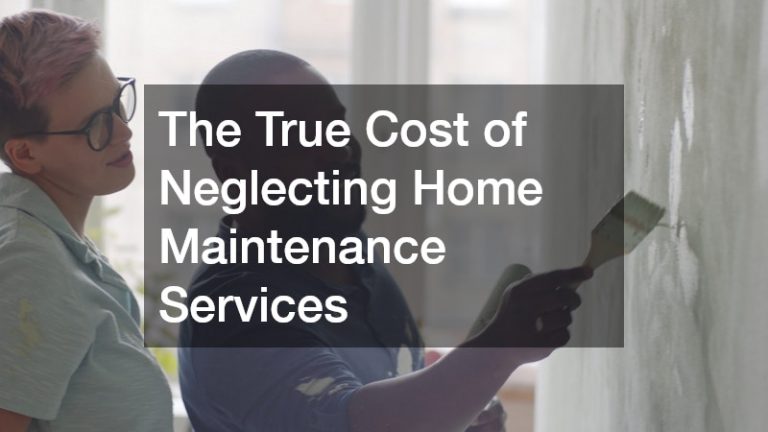
It’s important that every homeowner knows about the dangers of radon. The Surgeon General has warned the American people that radon remains the second leading cause of lung cancer throughout the United States. Unfortunately, this gas contains no odor and can’t be seen with the human eye. That being said, there are certain potential indicators of radon that you shouldn’t ignore. With that in mind, here are four potential radon risk factors.
- A Tightly Sealed Home
There’s certainly nothing wrong with wanting to have a sealed home. Having too much air escape from a home can lead to increased spending on heating and cooling bills. It’s important that homes have some type of airflow occurring, especially those with high radon levels. Many buildings contain trace amounts of radon. However, even small amounts of radon can become a hazard if this gas doesn’t have a way to be expelled from the home. - Presence of Contaminated Building Materials
Statistics show that one out of every 15 homes throughout the United States is estimated to have radon levels that are either at or above the EPA action level. Considering that, one of the most common sources of radon comes from building materials. Radon gas is emitted into the air as the result of uranium breaking down. Unfortunately, this breakdown can occur in brick, concrete, and many other types of building materials. Therefore, residential radon testing services often check the building materials of a home for the presence of this gas. - Soil Surrounding Your Property
As mentioned earlier, radon occurs from the result of a naturally occurring break down. That being said, this material can also be found within the soil. Many homeowners want to utilize soil in order to plant flowers, fruits, and vegetables. With that in mind, you don’t want your yard being a source of extremely high radon levels. In order to have your soil tested, you’ll want to contact a residential radon testing service. - Contaminated Well Water
Not all sources of radon on in your home come from building materials. Many homeowners throughout the United States obtain their water from wells. Depending upon where you live, a well might be the only way you’re able to obtain drinking water. Unfortunately, there are instances where well water supplies can contain dangerous amounts of radon.
To summarize, there are a few important sources of radon that could affect nearly any homeowner. In order to ensure you’re safe from this gas, you’ll want to consider contacting a residential radon testing service. In turn, this service can utilize testing methods to detect how much radon is present within your home. Research obtained by the FDA found that lowering radon levels in homes above the EPA’s action level could reduce lung cancer deaths by 2-4%. Radon is impossible to detect without the right equipment. With that in mind, consider keeping your home safe by contacting a residential radon testing service.






